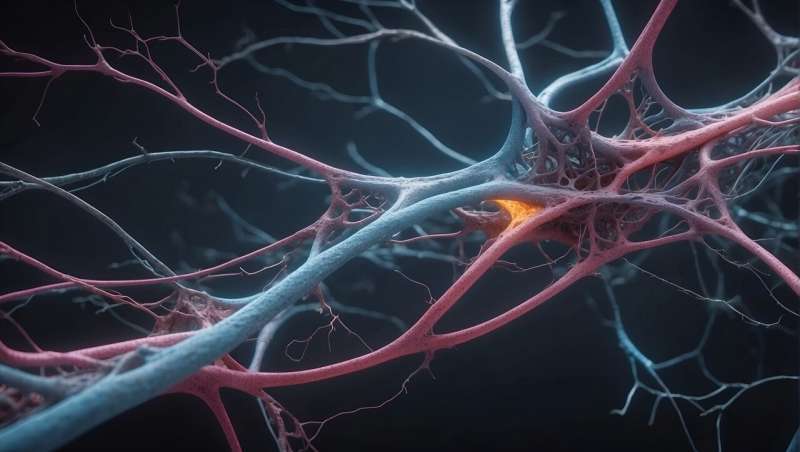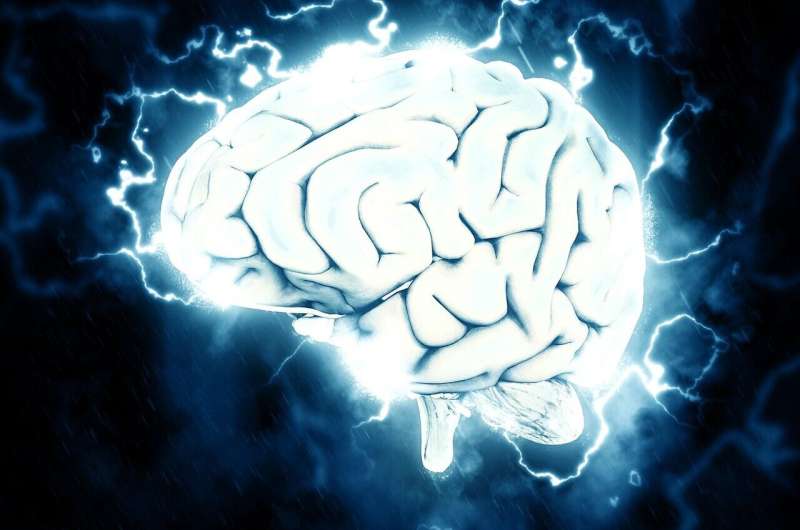Molecular Stress in Aging Neurons Heightens Risk of Neurodegenerative Diseases

Recent research reveals that molecular stress in aging neurons increases their vulnerability to neurodegenerative diseases, paving the way for new therapeutic strategies.
As the global population continues to age, the incidence of neurodegenerative disorders such as Alzheimer’s disease, Parkinson’s disease, dementia, and amyotrophic lateral sclerosis (ALS) is rising sharply. Despite this trend, the underlying molecular changes that cause deterioration in brain cells have long been unclear. Recently, researchers from the University of California San Diego have shed new light on this issue by examining the cellular mechanisms of neuronal aging.
In their study, published in Nature Neuroscience, the team discovered that aged neurons exhibit distinct defects related to molecular stress responses. Using a lab technique called transdifferentiation, they directly reprogrammed skin cells from human donors into neurons that display age-related characteristics at the molecular level. Compared to young neurons, these aged cells showed signs of molecular stress such as halted growth and accumulation of untranslated RNA and proteins within stress granules—specialized compartments outside the nucleus.
This molecular stress hampers the neurons’ ability to respond adequately to new stress events, similar to how a person might become more susceptible to catching a cold when overwhelmed. Moreover, aged neurons took significantly longer to recover from stress and lacked certain RNA-binding proteins vital for stress resilience. A key protein called TDP-43, which normally regulates gene expression within the nucleus, was found mislocalized outside the nucleus in aged neurons—a hallmark observed in neurodegenerative diseases like Alzheimer’s, dementia, and ALS.
The researchers suggest that aging neurons tend to prioritize other proteins over stress response mechanisms and RNA regulation, contributing to increased vulnerability. These findings could guide future therapies aimed at preventing or slowing neurodegeneration by targeting cellular stress pathways and restoring healthy protein localization in neurons.
Looking ahead, the team plans to identify sources of cellular stress in neurons and develop strategies to maintain RNA and protein homeostasis, ultimately aiming to combat age-related neurodegenerative diseases.
This research emphasizes the importance of understanding molecular changes in neuronal aging and opens new avenues for therapeutic interventions to protect brain health in the aging population.
Source: Medical Xpress
Stay Updated with Mia's Feed
Get the latest health & wellness insights delivered straight to your inbox.
Related Articles
Prediabetes in Older Adults: Education and Social Factors Elevate Cardiovascular Risk
Older adults with prediabetes face higher risks of cardiovascular complications, especially those with lower education and financial instability. Recent research underscores the impact of social determinants on health outcomes, emphasizing the need for tailored interventions and social support.
Minimal Evidence of Fertility Risks in Men Taking Epilepsy Medication
Large-scale research indicates that sodium valproate, a common epilepsy medication, has minimal impact on male fertility, reassuring men on treatment about potential reproductive risks.



